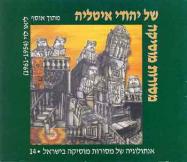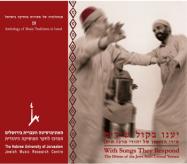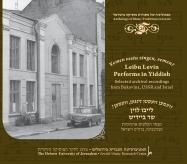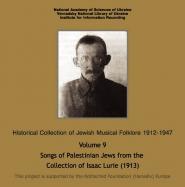(175 results found)
Maoz Tzur
… in the Jerusalem Temple by the Maccabeans. The 'Ma'oz tzur' melody from the Verona Ashkenazi ritual is a variant of the … Traditions from the Leo Levi Collection (1954-1961) … Hebrew cantillation … Circumcision … Hallel … Hanukkah … …
Betzet Israel
… This Melody for Psalm 114 celebrating the Exodus is a revealing … Traditions from the Leo Levi Collection (1954-1961) … Hebrew cantillation … Circumcision … Hallel … Hanukkah … …
Gilu ha-Galilim (Rejoice Galileans)
… became an integral part of the historical repertoire of Hebrew song. Both native-born and newly arrived pioneers … rallies and so on. The refrain alone but with the entire melody was used as accompaniment for the Hora. Almost … the present version the song is performed antiphonally. The melody judging by its style may be a Hasidic dance tune. At …
El Jiwneh Hagalil (Lied der galilaischen Arbeiter) – God will Build the Galilee (Galilee Worker’s Song)
… status in the twentieth century as an iconic song of the Hebrew pioneers rebuilding Eretz-Israel. [1] Since the … Jewish national rebirth colored in the dorian mode. The Hebrew tune of the Galilee workers provided not only a sharp … the prominent color of the augmented second colors the melody in distinguished oriental style. See the archival …
“Schlof majn Kind, ich wel dich wigen” (Wiegenlied) – Sleep my child, I will cradle you (Lullaby)
… for voice, viola and piano (Schitomirsky 1912). [1] The melody marked con sordino (muted violin or cello) is almost … expressed in his piano part. The piano does not double the melody, but provides a rocking cradle-sway feel through a … to night-time with an ambivalent song in either Yiddish or Hebrew, that greys out the diaspora/Israel borderline. …
Nahôn libbo is hujire – Whole-heartedly is the fearful believer
… to beginning of the nineteenth century) celebrates the Hebrew month of Nissan, the month associated with the … this Iraqi Jewish tune adapted from Idelsohn’s Thesaurus of Hebrew Oriental Music (1923b: 140, no. 193) is an unexpected … that will abide by the non-total modality of the melody. The somewhat naïve attempt to avoid clear tonal …
Hebräischer Tanz (Original aufgenommen von S. Kisselgoff) – Hebrew Dance (Originally transcribed by S. Kisselgoff)
… continuing with the dance. On the repeated G note in the melody the piano brings unexpected harmonies: C minor … back on G major. Built on motivic developments, the melody moves around G harmonic minor to G freygish ending on … Hebräischer Tanz (Original aufgenommen von S. Kisselgoff) – Hebrew Dance (Originally transcribed by S. Kisselgoff) …
"Im Nin’alu Daltei Nedivim" (Were the gates of the munificent closed)
… to many melodies. Alternate stanzas are written in Hebrew and Arabic. This recording features Shalom Keisar, … The singer opens with the song’s most widely known melody, which was popularized by Bracha Zefira among the … closing hemistich. The tawshihִ is sung to another, faster melody. It is usually sung in a responsorial manner, as …
A Polka-Mazurka
… Composed in 1937; first collection " Leibu Levin: Word and Melody " (In Yiddish, Hebrew and English; Tel Aviv: I.L. Peretz publications. …
[E-erokh nivi. Mi-kehilah]. (Berit-milah)
… terms of quality and completeness. It is a very well-known melody from Aleppo and Jerusalem for a famous poem by the Moroccan Hebrew poet R. David Hassin (1727-1792) that rapidly spread … recording shouts “shavu’a tov”, “have a good week”). This melody, that appears to be a variant of the North Moroccan …

